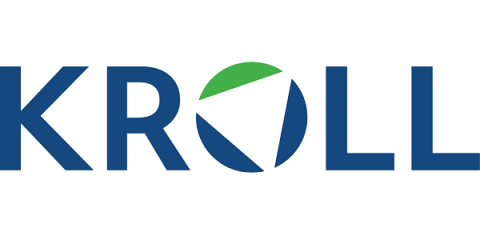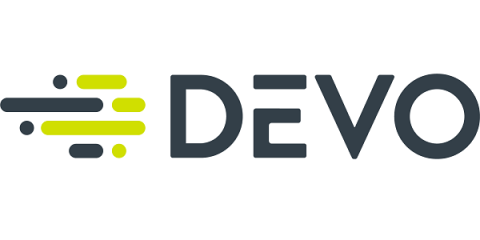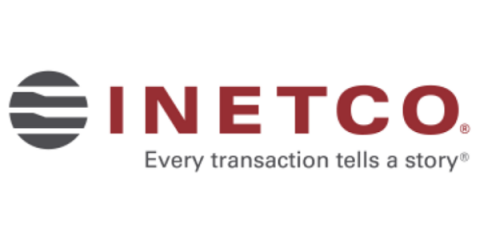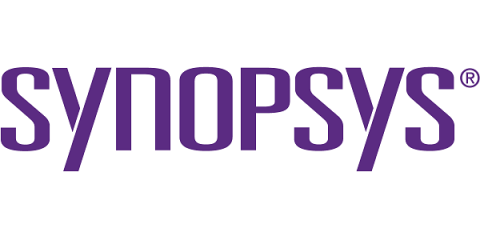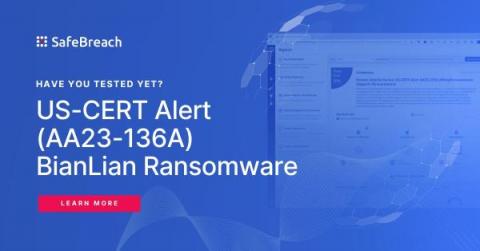Kubernetes network security foundations: Get started on building your Kubernetes network security policies with Calico!
The adoption of cloud native applications has become a necessity for organizations to run their businesses efficiently. As per Gartner, more than 85% of organizations will embrace a cloud-first principle by 2025, which will rely on adopting cloud native applications for complete execution. The massive increase in adoption of cloud native applications has given rise to more security challenges such as container image vulnerabilities, configuration errors and a larger runtime attack surface.



